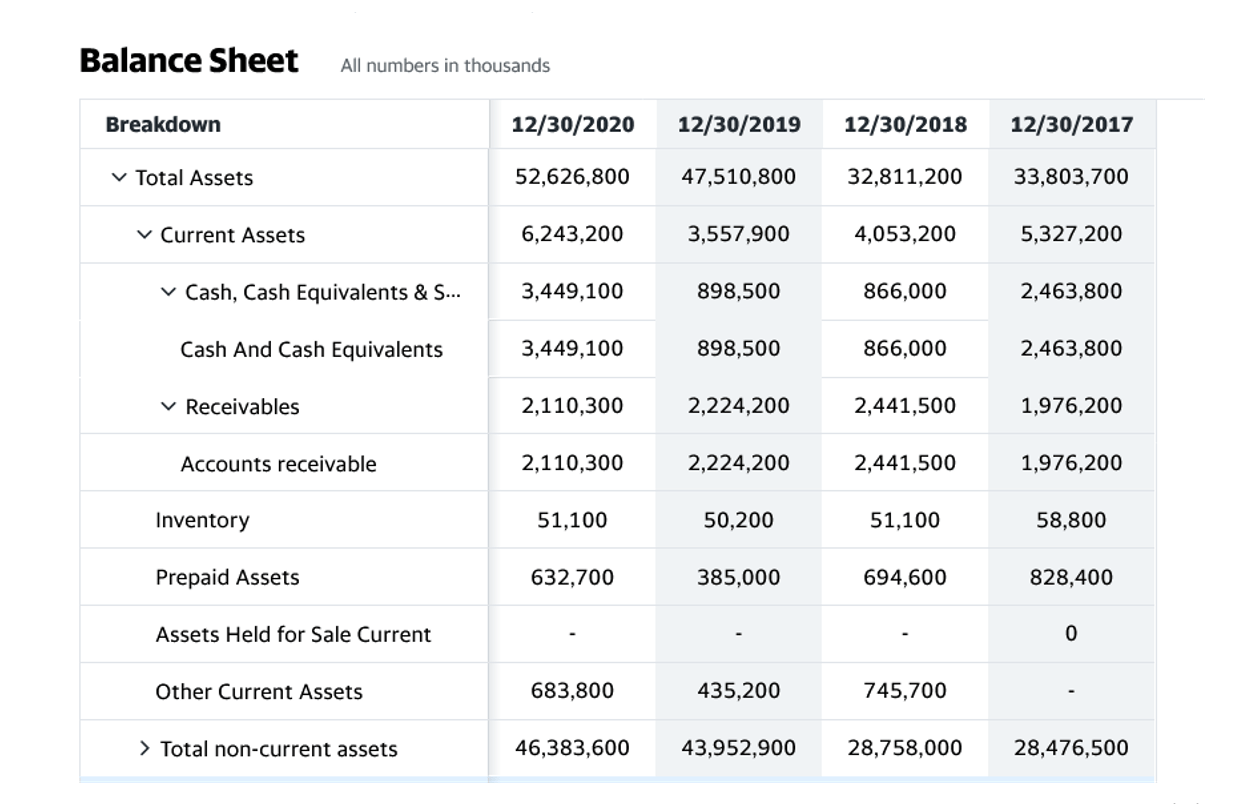- agosto 20, 2025
- Posted by: Cleilton
- Category: Bookkeeping

Although part of your taxes goes toward funding adjusting entries government services, a large portion is set aside for your future. This is governed by the Federal Insurance Contributions Act (FICA), which was created to protect U.S. workers. Not exactly, but your FICA payments go into the Social Security system. One of the most frequently asked questions regarding FICA (Federal Insurance Contributions Act) and SECA (Self-Employment Contributions Act) pertains to the tax rates, limits, and calculations. In this section, we address some common queries concerning these essential laws that fund Social Security and Medicare programs.
What Is the Social Security Tax?

If you don’t have an employer, no one can handle FICA on your behalf. You’ll need to pay the FICA percentage on your earnings, 15.3 percent, in something called a self-employment QuickBooks Accountant tax. This 15.3 percent includes 12.4 percent for Social Security and 2.9 percent for Medicare.
Social Security Programs
Wage earners pay 6.2% on income up to $168,600 in 2024 toward Social Security. Any income above that threshold is not taxed for Social Security purposes. The Medicare rate of 1.45% is paid by wage earners on all their income.
Simplify Tax Compliance with Employer’s Resource
An employer withholds 6.2% of an employee’s paycheck for Social Security and 1.45% for Medicare—up to certain income limits—adding up to a total FICA tax of 7.65%. Altogether, the employee and employer contribute a FICA tax of 15.3%. Apply this percentage to employee gross pay to determine their portion and yours. However, this only applies up to a wage base limit, which was $160,200 in 2023. Earnings above this limit are not subject to the standard Social Security tax rate. FICA’s historical journey demonstrates its significant role in the United States, and it’s not something to overlook when contemplating the intricacies of payroll tax and social security benefits.
Collect Proper Tax Forms
Just remember that complying with SECA is vital to avoid penalties and ensure you can fica meaning receive Social Security and Medicare benefits in the future. From then until now, American wage earners have had a portion of every paycheck withheld throughout their working years so that they can receive financial benefits from the government in their retirement years. Employees pay an extra 0.9% Medicare tax on wages over a certain threshold.

The current Federal Social Security (Old-Age, Survivors, and Disability Insurance (OASDI)) and Medicare amounts are calculated by multiplying the current FICA-taxable wages by the appropriate FICA rate. While most workers must pay FICA taxes, there are a few specific exemptions granted under federal law. We’ve already explored FUTA, which plays a vital role in the unemployment insurance system at the federal level. However, each state also has its own unemployment tax and program, known as SUTA (State Unemployment Tax Act). Another possible reason you end up overpaying your FICA tax is that you may have mistakenly withheld income for FICA even when you are not required to pay for the said tax. FICA taxes are shared between employees, employers, and self-employed individuals.
Do I Have to Pay FICA?
- Initiated by President Franklin D. Roosevelt in 1935, FICA was designed as a main financial mechanism to fund Social Security benefits.
- Today, the FICA tax rate is noted on employee paychecks and is matched by the employer’s portion.
- If multiple jobs result in excess Social Security tax payments, the overage can be claimed as a credit.
- Whether you are an employee, employer, or self-employed, it is important to understand the FICA tax.
- Using Form SSA-1099, you can complete IRS Form 703 to find out if you do in fact have any federal income tax liability to the government.
Tyler is a Certified Financial Planner® and CEO & Co-Founder at Retirable, the retirement peace of mind platform. Tyler has nearly 15 years of experience at leading companies in the wealth management and insurance industries. Before working at PolicyGenius, Tyler worked as Wealth Management Advisor at prominent financial services organizations. Yes, for the Social Security portion of FICA, there is a wage cap, which changes annually based on inflation.

The Federal Insurance Contributions Act (FICA) is a vital aspect of the U.S. tax framework, significantly contributing to the financing of Social Security and Medicare programs. These programs offer crucial support to countless Americans, including retirees and individuals with disabilities. If you are employed and receive a paycheck, you may have noticed deductions labeled as FICA—let’s explore what these deductions signify and their impact on your income. Having a well-rounded understanding of FICA taxes is one important facet of business compliance. Fortunately, Mosey is designed to be your go-to compliance platform.

- The tax contributions for FICA are used to fund the federal government’s Social Security and Medicare programs.
- Under SECA, the self-employed pay both the employee and employer portions of the Social Security and Medicare taxes.
- However, the current FICA rate doesn’t just include your Social Security contributions.
- In conclusion, understanding how to calculate FICA taxes can help you make informed decisions about your income and tax obligations.
- FICA/SECA taxes fund earned benefits for retirees, disabled individuals, and their families, while SSI is a means-tested program designed to help people with limited income and resources meet their basic needs.
The wage earner’s employer would pay slightly less because they aren’t required to pay the additional Medicare tax of 0.9% on the $50,000 above the $200,000 threshold. The overall FICA tax rate for employees in 2024 stands at 7.65%, which comprises 6.2% allocated to Social Security and 1.45% designated for Medicare. Employers are also responsible for contributing an additional 7.65% based on their employees’ earnings, resulting in a total combined contribution of 15.3%.
- Social Security contributions are limited by an annual wage cap—$168,600 in 2024—meaning income beyond that is not taxed.
- Deductions decrease the older you are when you retire—for retirees age 67 receiving the maximum benefits, by about 50%.
- Then, in 1965, former president Lyndon B. Johnson signed Medicare into law, which then led to the inclusion of payroll tax for health care benefits in the FICA tax.
- She pays a total of $9,674.40 in SECA taxes ($5,915.20 for Social Security and $3,759.20 for Medicare).
Who Pays FICA Taxes?
As your business grows, staying compliant with ever-changing tax regulations can be overwhelming. However, if your FUTA tax liability is $500 or less in a quarter, you don’t have to deposit it right away. FUTA rates are more complicated and less static than those for FICA. If you are self-employed, you pay a 15.3% FICA rate, which is a combination of the full 12.4% for Social Security and 2.9% for Medicare. Medicare benefits are separate from SSDI (Social Security Disability Insurance), so eligibility requirements are different to qualify for Medicare.


